Hip Mobility Exercises for Injury Prevention
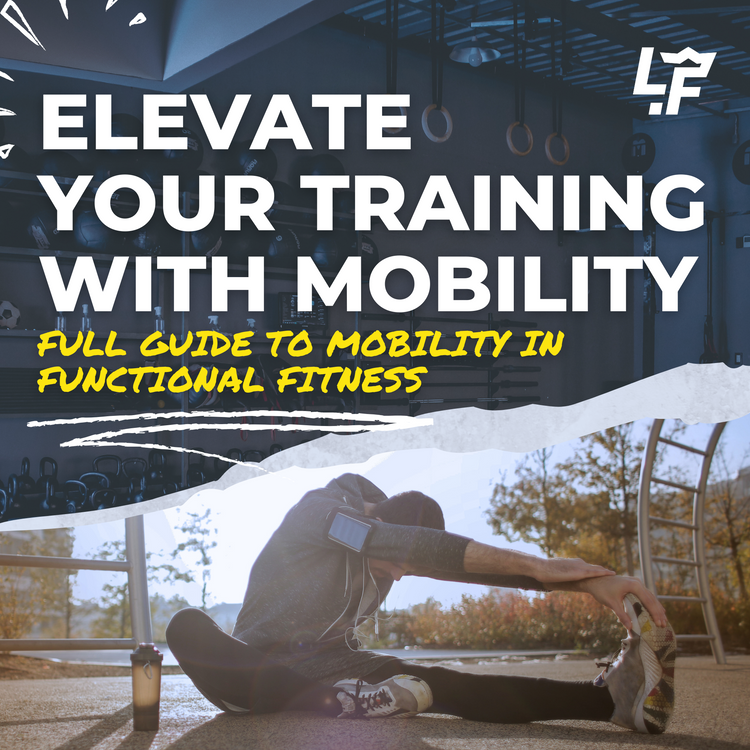
⏱️ Estimated Read Time: 6 minutes
🧠 TL;DR
- Hip Mobility Exercises for Injury Prevention offers effective, accessible movements for targeted results.
- This guide is designed to help you move smarter, build strength, and stay consistent.
✍️ Summary
This post explores hip mobility exercises for injury prevention in a way that’s actionable and easy to follow. Whether you're new to this style of training or leveling up, it includes practical takeaways for your routine.
📚 Table of Contents
In the fast-paced world of fitness, the significance of mobility and flexibility often takes a backseat. According to a study published in the "Journal of Sports Science & Medicine," nearly 65% of injuries in recreational runners are attributed to limited joint mobility. This guide aims to shed light on the critical role of mobility in functional fitness, emphasizing the impact on performance, injury prevention, and overall well-being.
Understanding Mobility
To truly grasp the importance of mobility, it's essential to delve into its definition and debunk common myths. Mobility extends beyond flexibility as it involves both passive and active components, influencing our ability to move freely. Contrary to the common misconception that flexibility alone suffices, a study in the Journal of Strength and Conditioning Research reveals that athletes with improved mobility exhibit enhanced agility and reduced injury rates. Including hip mobility exercises can further enhance this agility. The connection between body awareness, proprioception, and mobility is a psychological dimension often overlooked. A Psychology of Sport and Exercise study underscores the psychological benefits, demonstrating that increased body awareness positively impacts athletic performance.
Mobility-Enhancing Exercises
Diversifying exercise routines to enhance mobility is crucial. Bodyweight exercises are foundational, but incorporating tools like resistance bands adds complexity. Hip mobility exercises, for example, can significantly improve joint function and flexibility. Research from the "Journal of Human Kinetics" supports the efficacy of using foam rollers for improving joint range of motion. Progressions in exercises cater to individuals at various fitness levels. A joint study by the American Council on Exercise and the University of Wisconsin highlights the importance of progressive exercise, showing that incremental increases in difficulty yield better long-term results.
Hip Flexor Stretch
How To Do
- Kneel on one knee with the other foot in front, forming a 90-degree angle.
- Gently lean forward, feeling the stretch in the hip of the kneeling leg.
- Hold for 20-30 seconds and switch sides. Repeat 2-3 times.
Benefit: Counteracts the effects of prolonged sitting, promoting hip mobility and flexibility, and reducing the risk of lower back pain, a common issue in sedentary lifestyles.
Thoracic Spine Rotation
How To Do
- Sit on the floor with your legs crossed.
- Place one hand on the opposite knee and twist your torso, reaching the other hand behind you.
- Hold for 15-20 seconds, then switch sides. Repeat 2-3 times.
Benefit: Enhances spinal mobility, mitigating stiffness often associated with aging. This exercise promotes improved posture and reduces upper back and shoulders discomfort.
Downward Dog Stretch
How To Do
- Start in a plank position, then lift your hips toward the ceiling, forming an inverted V shape.
- Press your heels down, feeling the stretch in your hamstrings and calves.
- Hold for 20-30 seconds, repeating 2-3 times.
Benefit: Increases flexibility in the hamstrings and calves, addressing issues like tightness and discomfort often experienced with age. This stretch also promotes improved circulation.
Calf Raises
How To Do
- Stand with your feet hip-width apart.
- Rise onto the balls of your feet, lifting your heels as high as possible.
- Lower back down. Repeat for 15-20 repetitions.
Benefit: Strengthens the calf muscles, which can support stability and balance. This is particularly important for preventing falls, which is a concern as individuals age.
Shoulder Circles
How To Do
- Stand with your feet shoulder-width apart.
- Lift your shoulders towards your ears, then roll them backward in a circular motion.
- Repeat for 10-15 seconds, then switch to forward circles. Repeat 2-3 times.
Benefit: Alleviates tension in the shoulders and upper back, common areas of discomfort as people age. Enhances range of motion in the shoulders, aiding in everyday tasks.
Quadriceps Stretch
How To Do
- Stand on one leg and bring the opposite foot toward your buttocks.
- Hold your ankle with your hand and gently pull, feeling the stretch in the front of the thigh.
- Hold for 20-30 seconds, then switch legs. Repeat 2-3 times.
Benefit: Increases flexibility in the quadriceps, contributing to improved gait and reducing the risk of knee pain or injury, which can be more prevalent with age.
Ankle Circles
How To Do
- Sit comfortably with one leg lifted off the ground.
- Rotate your ankle clockwise for 10-15 seconds, then switch to counterclockwise.
- Repeat on the other leg. Perform 2-3 sets on each ankle.
Benefit: Maintains ankle joint mobility, crucial for balance and stability, particularly as individuals age. This exercise can also alleviate discomfort associated with arthritis or joint stiffness.
These exercises enhance flexibility, mobility, and stability, promoting joint health. Remember to perform a brief warm-up before starting these exercises, and if you experience any pain or discomfort, consult a fitness professional or healthcare provider.
Integrating Mobility into Training
An article in "Medicine" emphasizes the symbiotic relationship between mobility and skill acquisition, emphasizing that flexibility aids in achieving optimal technique. Sample training routines, carefully curated by certified trainers, showcase how to prioritize mobility without compromising other fitness goals.
Nutrition for Joint Health
The connection between nutrition and joint health is a pivotal yet often overlooked mobility aspect. Omega-3 fatty acids, abundant in fish oil, have anti-inflammatory properties that benefit joint health. A meta-analysis published in the "Journal of the American College of Nutrition" reinforces the positive impact of omega-3 supplementation on joint pain and function.
Collagen, a protein abundant in connective tissues, contributes to joint flexibility. Research in the "Journal of Arthritis" suggests that collagen supplementation improves joint symptoms in athletes.
Understanding these nutritional nuances empowers individuals to support joint health and optimize mobility.
Incorporating Mobility into Workouts

The practical application of mobility exercises in warm-ups and cooldowns is vital for their effectiveness. Tailoring these routines to different workout types ensures a holistic approach to fitness. Active recovery, involving low-intensity exercises prioritizing mobility, has gained popularity for reducing muscle soreness. A review in the "American Journal of Sports Medicine" highlights the positive effects of active recovery on exercise-induced muscle damage.
Addressing common challenges, such as time constraints or perceived difficulty, is essential. Evidence from the "Journal of Physical Therapy Science" suggests that even short-duration mobility exercises can yield significant improvements, making them feasible for individuals with busy schedules.
Progression-Unveiling the Path to Mastery
Understanding mobility goes hand in hand with recognizing the significance of exercise progression. As elucidated by research from the American Council on Exercise and the University of Wisconsin, the journey toward improved mobility is not a sprint but a series of incremental steps. The emphasis on progressive exercise is paramount, revealing that gradual increases in difficulty yield superior long-term results.
This principle underscores the importance of tailoring exercises to individual fitness levels, ensuring that each step forward is challenging and achievable. Whether advancing from basic bodyweight movements to more intricate exercises or gradually intensifying resistance, progression guides the path to mastery. Through this nuanced approach, individuals can unlock their body's potential, sustainably fostering improved flexibility, resilience, and strength.
Exercise to Improve Mobility in Healthy Aging
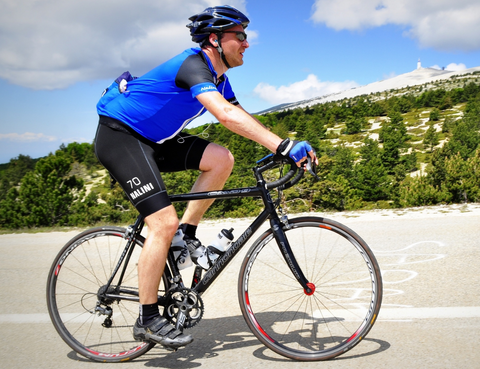
Consider incorporating exercises that target key areas prone to stiffness with age. Dynamic stretches, such as leg swings and arm circles, promote flexibility and improve range of motion. Strength training exercises, such as squats and lunges, become instrumental in maintaining muscle mass, supporting joint stability, and enhancing overall mobility. Balance exercises (examples include standing on one leg or heel-to-toe walking) contribute to fall prevention and bolster stability. Incorporating hip mobility exercises into your routine can also support functional strength training and flexibility. Integrating these exercises into a well-rounded fitness routine ensures a holistic approach to healthy aging.
Furthermore, cardiovascular exercises, like brisk walking or cycling, contribute to heart health and foster endurance, indirectly benefiting mobility. Embracing a diversified and enjoyable exercise regimen tailored to individual needs and abilities sets the stage for a life where mobility is not just a goal but a continuous journey toward optimal well-being. With regular physical activity, aging becomes a graceful dance, and mobility becomes a key partner in maintaining vitality, independence, and a fulfilling life.
FAQ's Regarding Mobility
How Can I Improve My Mobility at 40?
At 40, improving mobility is a realistic and worthwhile endeavor. Begin by incorporating regular stretching into your daily routine, focusing on dynamic stretches that engage major muscle groups and joints. Integrate mobility-specific exercises such as bodyweight movements, yoga, or Pilates into your workout regimen. These activities not only enhance joint mobility but also promote flexibility.
Prioritize joint health by consuming a balanced diet rich in nutrients like omega-3 fatty acids found in fish and flaxseed. Staying hydrated is equally important, as water lubricates joints and maintains the elasticity of connective tissues. Strength training is crucial in supporting joint stability, so include exercises that strengthen the muscles around your joints.
Consistency is vital; make these mobility-enhancing practices a routine to experience sustained benefits over time. Lastly, listen to your body, modify exercises if needed, and consider consulting with a healthcare professional or certified trainer for personalized guidance.

Can You Regain Flexibility After 40?
Regaining flexibility after age 40 is possible and highly achievable with consistent effort. Start gradually with gentle stretching exercises and progress to more advanced stretches as your flexibility improves. Regularly include static and dynamic stretches in your routine, targeting various muscle groups.
Practices like yoga and Pilates can be particularly beneficial, emphasizing flexibility, balance, and body awareness. Ensure a proper warm-up before stretching exercises, as warm muscles respond better to stretching. Stay active with exercises like swimming and cycling, which promote joint mobility and flexibility without excessive impact.
Seeking professional guidance from a certified fitness professional or physical therapist can provide personalized recommendations and ensure you perform stretches correctly.
Patience is vital; flexibility gains may take time, so celebrate incremental improvements and focus on the overall health benefits of increased flexibility. Always consult a healthcare professional before starting a new exercise program, especially if you have pre-existing health conditions.
Conclusion
In the fast-paced fitness landscape, this guide illuminates the often-overlooked significance of mobility in functional fitness training. The research underscores the prevalence of injuries linked to restricted joint mobility, affecting athletes and enthusiasts. Mobility is an interplay of passive and active components, extending beyond flexibility alone. Studies highlight its role in enhancing agility, reducing injury risks, and fostering a symbiotic connection between body and mind.
The guide delves into integrating mobility into training, the nutritional aspect of joint health, and practical applications for incorporating mobility seamlessly into workouts.
Lastly, frequently asked questions demystify age-related concerns, offering practical advice for individuals over 40 seeking to improve mobility and regain flexibility. The resounding message is clear—consistency, gradual progression, and holistic well-being are the cornerstones of a life enriched by mobility. This guide empowers individuals to embark on a transformative journey toward enhanced flexibility, reduced injury risk, and a fuller, healthier life.
Helpful Resources
-
Be alerted when we publish more like this to our blog here
-
Daily workout plans here
-
Fitness Equipment like sliders, barbells, resistance bands here
-
Free bodyweight workouts here
-
Follow along with $1 video workouts here
Want more guidance? Check out our Weekly Dumbbell Workout #1.
📝 FAQs
How often should I do these exercises? +
2–3 times per week is a good starting point for most people.
Do I need equipment? +
Many of these can be done with just your bodyweight or a single kettlebell or dumbbell.
Can beginners do these routines? +
Yes! These movements are designed to scale with your fitness level.



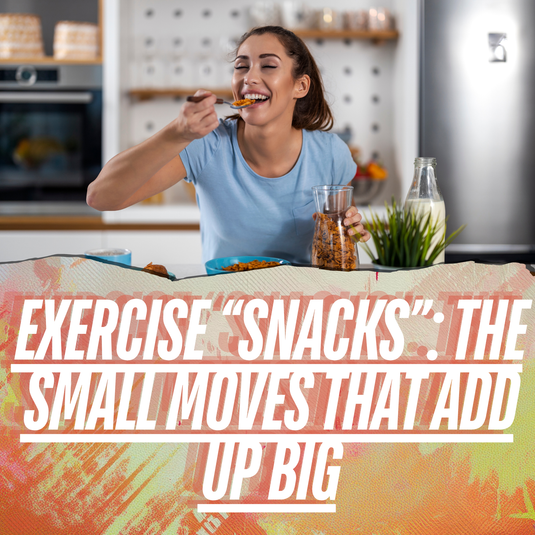



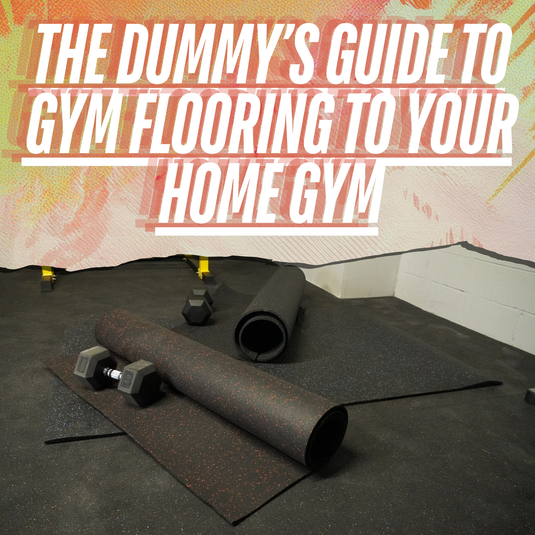
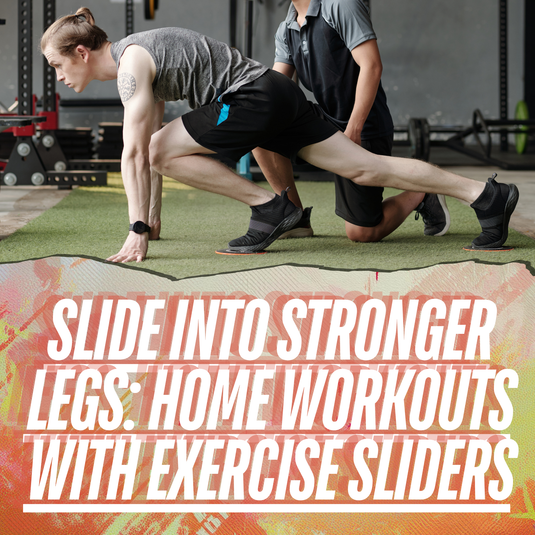

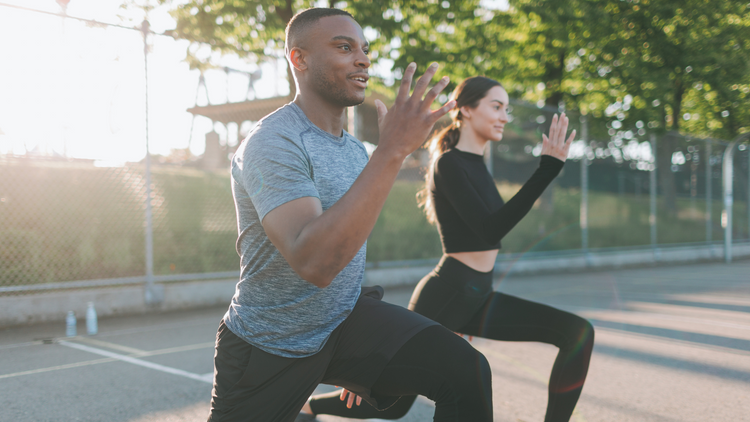
Do you offer any stand along mobility workouts as part of your membership site? Thanks for all of the amazing content!